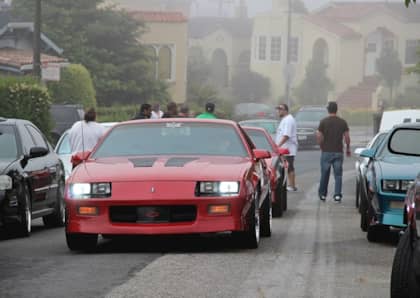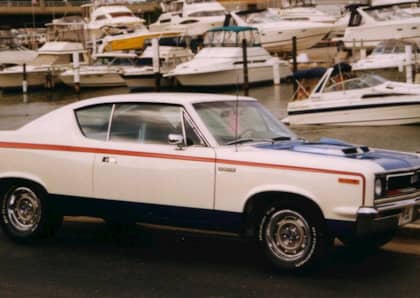American Motors AMX/3 Was The Original Home-Grown Mid-Engine Sports Car
Although the Chevrolet Corvette may have received the lion's share of America's mid-engine sports car hype, General Motors wasn't the only automaker investigating the more exotic side of the street.
American Motors Corporation, the Wisconsin-based perennial number four to Detroit's Big Three, had big dreams at the end of the 1960s to stop their market share slide and become legitimate contenders in the minds of domestic buyers. High performance was intended as a key aspect of the brand's image makeover, and it was decided that a halo model that would devastate the competition in terms of both speed and style was exactly what AMC needed.
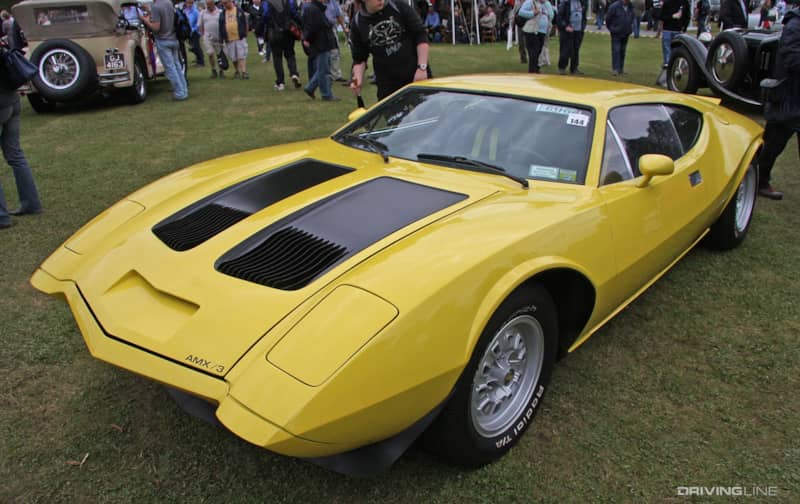
Enter the AMX/3, perhaps the rarest American sports car of the early 1970s. Despite never making its intended impact on AMC's fortunes, the story of the AMX/3 is filled with intriguing twists and turns that point to what might have been for the last major independent American automaker to survive into the 80s.
Euro-Influenced
By 1967 AMC had a non-running concept car, the AMX/2, that it felt represented the best path forward for winning the hearts and minds of enthusiasts. Based on an unbuilt Le Mans racer, the car's sleek aerofoil appearance and muscular rear haunches hinted at its mid-engine design, which was in keeping with the string of exotics hailing from Europe in the same era.
Although head of design Dick Teague's AMX/2 shape was sexy, the company's executives didn't want to take any chances and insisted that Italian superstar Giorgetto Giugiaro be given a crack at the next iteration of the vehicle too. The 'best' body would win.
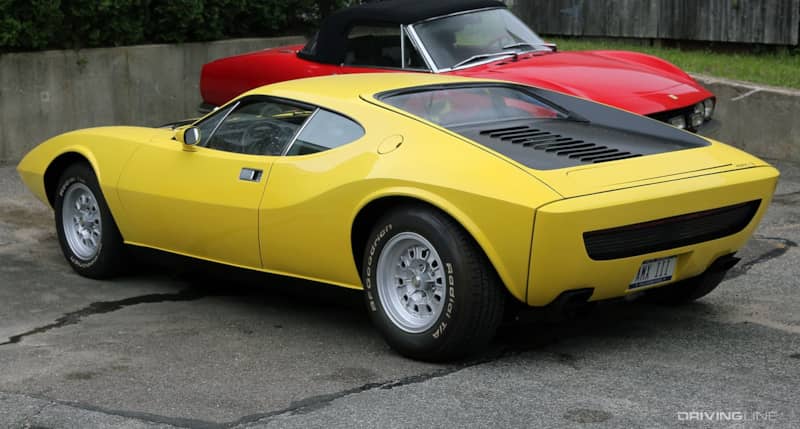
The squeeze was on for Teague and his team. Unwilling to rest on their laurels, even with the impressive looks of the AMX/2 already drawing major heat from the public, the group put together what they felt was an improved version of the car (dubbed the AMX/3) and readied it for presentation. They needn't have worried, as Giugiaro's entry into the AMX sweepstakes was a half-baked, underwhelming foam-carved block that was leagues away from what Teague had already built, cutting his vision out of contention.
So Many Cooks
With the shape of the AMX/3 set, American Motors turned to the nuts and bolts of getting it built. Unable to handle this type of low-volume, semi-monocoque production itself, it turned first to Karmann, then to BMW, then finally Giotto Bizzarini to engineer a steel-bodied solution to get the AMX/3 on the road. Although the latter would make important contributions, the pendulum somehow swung back to Giugiaro and ItalDesign, which would also play a part alongside Bizzarini in initially designing a running and driving version of the car.
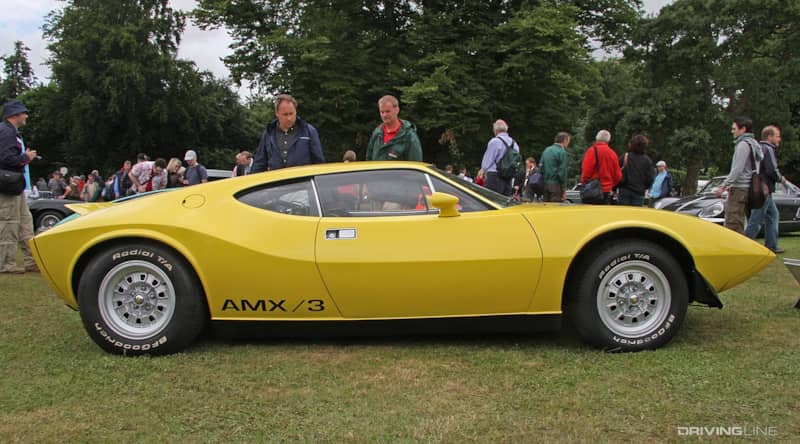
BMW had tapped out of the engineering process, but it was still interested in helping AMC with some aspects of the project—particularly if it meant making a partnership with a company that could offer it North American factory space in the future. Initially, the company would work to verify the quality of the Italian-produced prototypes, but this role would expand to include a fair amount of input on how the vehicle drove and how it was eventually constructed.
Cutting Edge Engineering
As a car with many parents, the AMX/3 faced numerous challenges that would each play a part in keeping it from ever reaching a showroom. American Motors had planned to put a large V8 engine in the AMX/3, but was immediately confronted not just with cooling challenges but also issues finding a transaxle that would fit, how to balance the weight of the car fore and aft, and how to stuff a fuel tank inside its tight wheelbase.
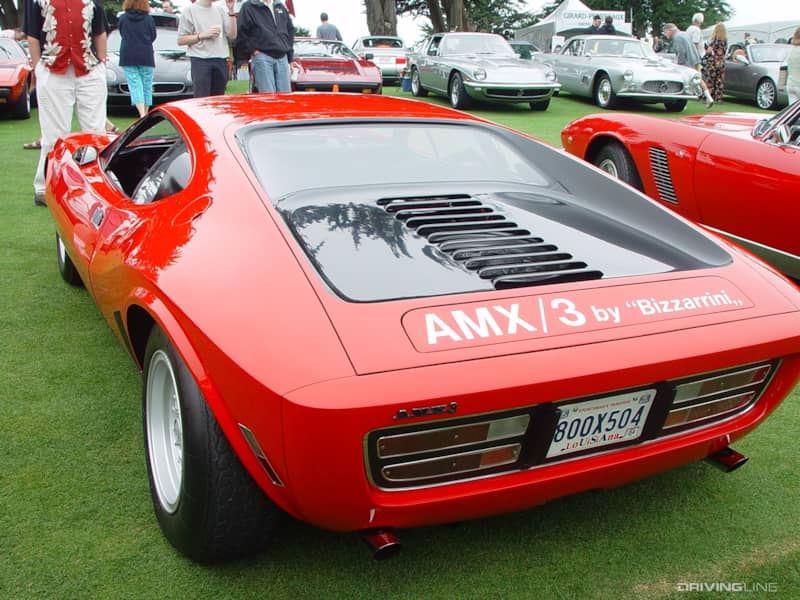
Still, each of these issues was solved, and the car marched forward through testing. A prototype would run the track at Monza in 1970 and turn over 170 miles per hour in the process, thrilling AMC executives. With 340 hp from a 390 cubic in V8, the lightweight AMX/3 was proving itself to be every bit the Euro-fighter that had originally been envisioned. The vehicle was announced to the public that same year.
It's here that 'what might have been' clashed with the realities of the market. After taking a look at the bill for building the AMX/3, American Motors realized that it would have to charge a whopping $12,000 for each car, which was thousands more than its most direct competitor, the De Tomaso Pantera, and multiples of any other AMC price tag in the showroom.
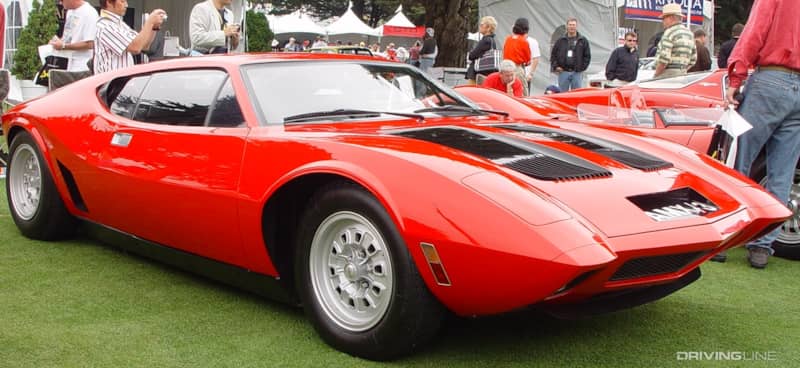
This quickly scuttled plans to build close to 5,000 examples a year, with that number narrowing to under 50. At that price, however, AMC would be in tough to cover development and production costs together—particularly after the revelation that the U.S. market was about to legislate clunky 5-mph bumper requirements, which would require a further retooling of the AMX/3's shape. Only five vehicles were built, largely for testing, before the entire program was shut down.
The Start Of The Slide?
It's hard to say whether the AMX/3 would have reversed AMC's fortunes in the 1970s. There's no doubt that the prestige associated with such a headline-grabbing car would have polished the brand's image, but whether production cars would have enjoyed the reliability and durability required to keep owners happy is a big unknown in an era where quality control on exotic technology was still in it infancy. In the face of the upcoming energy crunch and EPA pollution regulations, who's to say how long American Motors could have kept the AMX/3 viable?
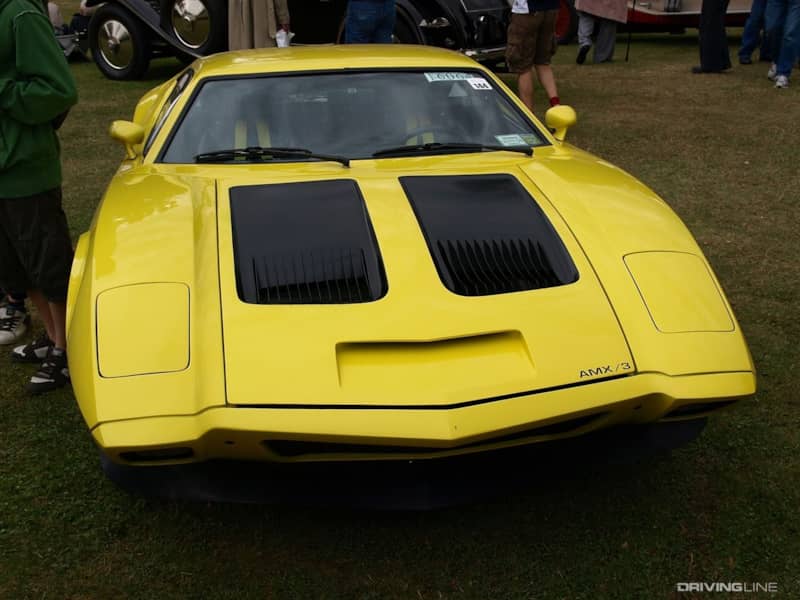
Most of the original AMX/3 models are still around today, and do occasionally change hands among diehard collectors. Strangely, it's only recently that the car has attracted the kind of seven-figure pricing one would expect from such a unique piece of American automotive history. Given the hype surrounding the C8 Corvette, and the spotlight shone on its own mid-engine progenitors at Chevrolet, the AMX/3's value has nowhere to go but up.
Curious about another short-lived AMC performance car? Check out this profile of the 1970 AMC Rebel The Machine.





